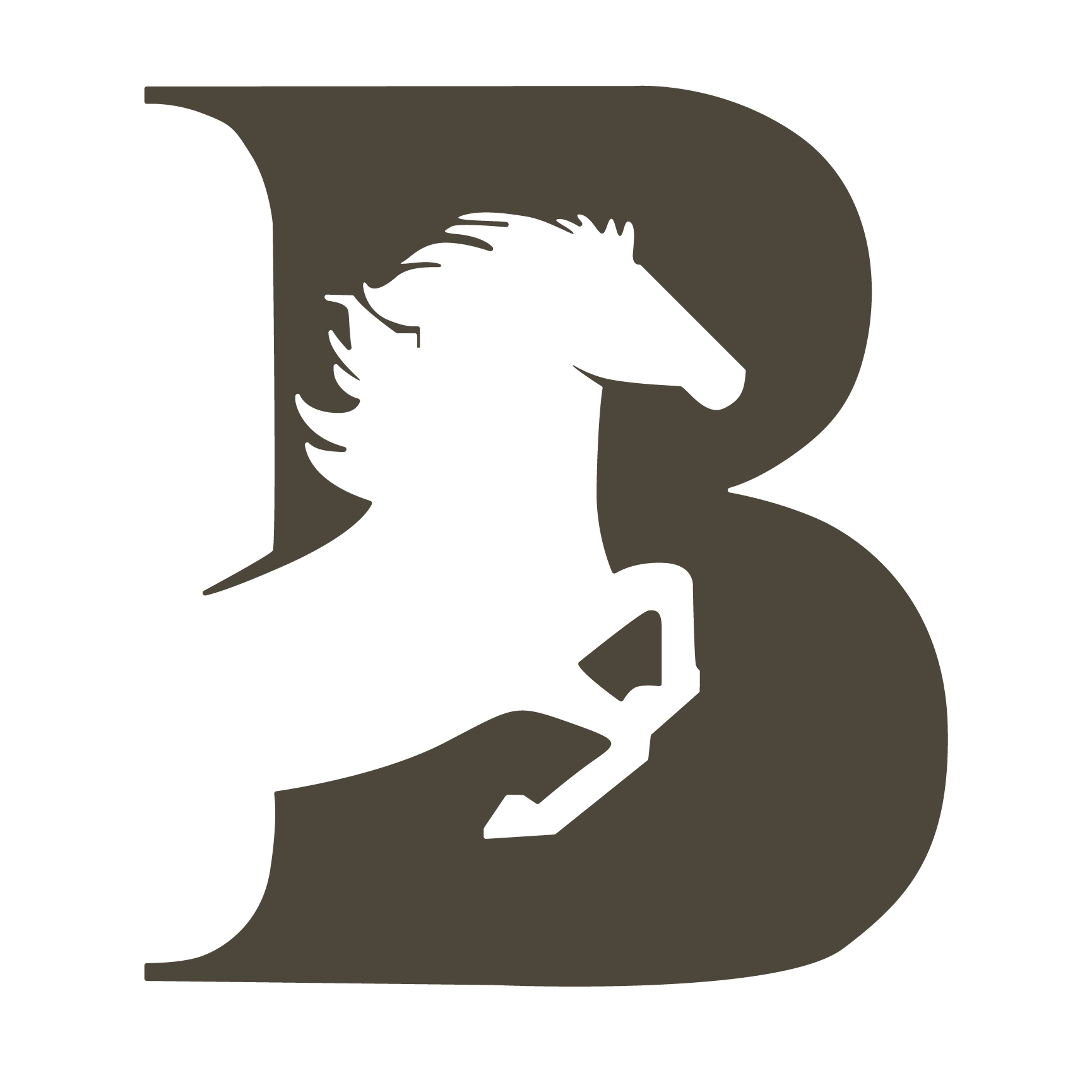In the ever-evolving landscape of fashion and sustainability, RPVB synthetic leather has emerged as a groundbreaking alternative to traditional leather. RPVB, which stands for Recycled Polyvinyl Butyral, is at the forefront of environmentally conscious materials. Let’s delve into the fascinating world of RPVB synthetic leather and discover why it’s becoming a popular choice for both fashion enthusiasts and eco-conscious consumers.
Eco-Friendly Innovation:
RPVB synthetic leather is crafted from recycled polyvinyl butyral, a material commonly found in laminated glass. By repurposing this material, RPVB contributes to the reduction of waste and promotes a circular economy. The innovative use of recycled materials sets RPVB apart as a sustainable choice in the fashion industry.
Cruelty-Free Fashion:
One of the significant advantages of RPVB synthetic leather is that it offers a cruelty-free alternative to traditional leather. As the demand for ethical and animal-friendly fashion grows, RPVB provides a solution for those who want to make a stylish statement without compromising their values.
Versatility and Aesthetics:
RPVB synthetic leather doesn’t just excel in sustainability—it also boasts versatility and aesthetic appeal. Designers appreciate the material’s flexibility, making it suitable for a wide range of fashion items such as bags, shoes, and clothing. Additionally, RPVB can mimic the texture and appearance of genuine leather, satisfying both fashion and ethical preferences.
Durability and Longevity:
Consumers often worry about the durability of synthetic materials, but RPVB synthetic leather addresses these concerns. This eco-friendly alternative is known for its durability and longevity, ensuring that fashion items made from RPVB stand the test of time. This durability contributes to a more sustainable fashion industry by reducing the need for frequent replacements.
Environmental Impact:
Choosing RPVB synthetic leather over traditional leather significantly reduces the environmental impact of fashion production. The manufacturing process of RPVB involves fewer harmful chemicals and consumes less water, making it a greener option. As the fashion industry strives to minimize its ecological footprint, RPVB synthetic leather emerges as a responsible choice.
Conclusion:
RPVB synthetic leather is more than just a material; it represents a shift towards sustainable and ethical fashion. With its eco-friendly innovation, cruelty-free nature, versatility, durability, and positive environmental impact, RPVB is gaining recognition as a key player in the future of fashion. As consumers become increasingly mindful of their choices, RPVB synthetic leather stands out as a stylish and responsible option for those who want to make a positive impact on the planet without compromising on style.
Post time: Jan-17-2024













